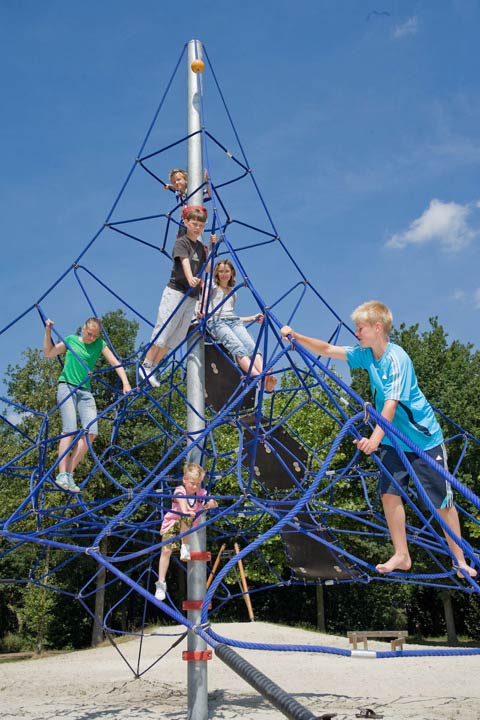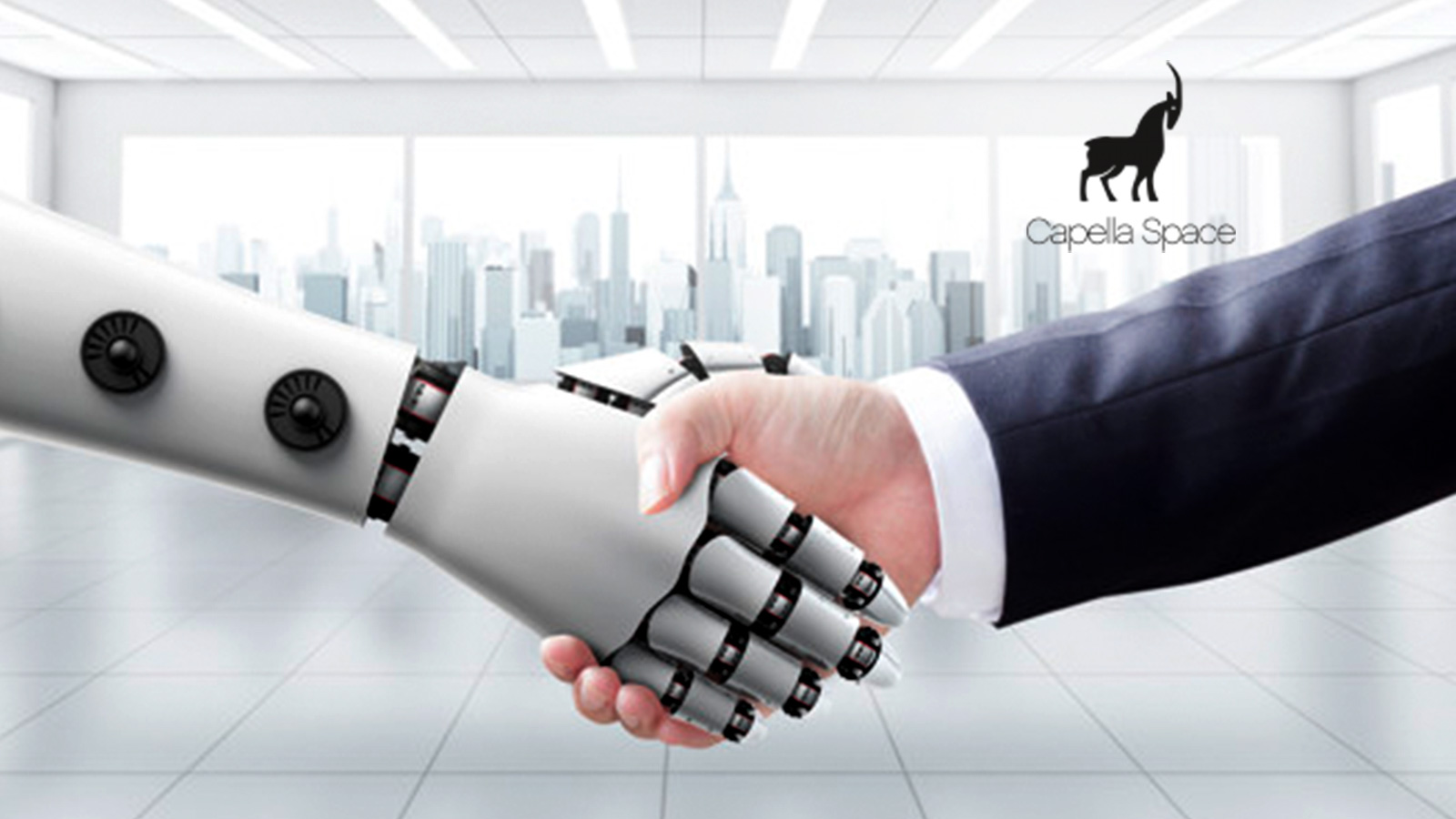


SPACENET TOY LICENSE
* Special thanks to Jesus Martinez Manso for spearheading dataset creation.Ģ020-Aug-10 correction: The introduction was amended to specify the SpaceNet 7 dataset license (CC BY-SA 4.The proliferation of Sci-Fi stories, TV shows and movies has spawned whole new ranges of toys for kids.

This challenge launches August 31, 2020, and will be featured as a competition at the 2020 NeurIPS conference in December. Stay tuned for further updates on the upcoming SpaceNet 7 challenge and metric that will accompany this dataset (also see spacenet.ai for further resources). The SpaceNet 7 dataset provides a solid foundation for advances in these areas, via a large corpus of imagery and labels spanning over 100 distinct locations, greater than 40,000 square kilometers of observed area, and over 10 million labeled buildings. Furthermore, this task poses interesting technical challenges for the computer vision community. Yet the ability to localize and track the change in building footprints over time is an important facet in a number of applications, from disaster response to disease preparedness to environmental monitoring. Conclusionsĭetecting change in overhead imagery is a difficult task, greatly complicated by seasonal, atmospheric, and lighting effects.
SPACENET TOY DOWNLOAD
Once you’ve done that, simply run the command below to download the training dataset to your working directory: aws s3 cp s3://spacenet-dataset/spacenet/SN7_buildings/tarballs/SN7_buildings_. SpaceNet 6) all you need is an AWS account and the AWS CLI installed and configured. Figure 1 links to an interactive map that allows interested readers to explore the dataset locations.Īs always, the SpaceNet data is freely available on AWS. The remainder of the data cubes are reserved for final testing purposes. 60 of the data cubes are released as training examples (with both imagery and attendant labels), and 20 are released as test_public examples (imagery only). Many of the locations were selected to highlight signifiant change, though some were selected to overlap with previous SpaceNet locales, and some were selected due to geopolitical interest. The SpaceNet 7 dataset contains ~100 locations, spread out across the globe. In the sections below we discuss the many facets of this unique open source dataset, distributed under a permissive CC BY-SA 4.0 license. The dynamic nature of the data cubes permits tracking of urban development, specifically: building footprint evolution as well as address propagation. The selected locations boast significant change over the two year data collection timeline. This is the first time that SpaceNet has used Planet imagery at ~4 meter resolution, as well as the first time that the temporal dimension will be explicitly incorporated into a challenge. Up-to-date high-fidelity maps are crucial for many applications (such as disaster response or humanitarian efforts, discussed in great detail in our previous blog), and this dataset will aid efforts to improve automated mapping and overhead change detection methods. The SpaceNet 7 Multi-Temporal Urban Development Challenge dataset features a deep temporal stack of imagery and labels in over 100 locations across all six inhabited continents. The SpaceNet partners are proud to announce the release of the SpaceNet 7 dataset. SpaceNet is run in collaboration by co-founder and managing partner CosmiQ Works, co-founder and co-chair Maxar Technologies, and our partners including Amazon Web Services (AWS), Capella Space, Topcoder, IEEE GRSS, the National Geospatial-Intelligence Agency and Planet. Preface: SpaceNet LLC is a nonprofit organization dedicated to accelerating open source, artificial intelligence applied research for geospatial applications, specifically foundational mapping (i.e., building footprint & road network detection). The SpaceNet 7 Multi-Temporal Urban Development Challenge: Dataset Release


 0 kommentar(er)
0 kommentar(er)
